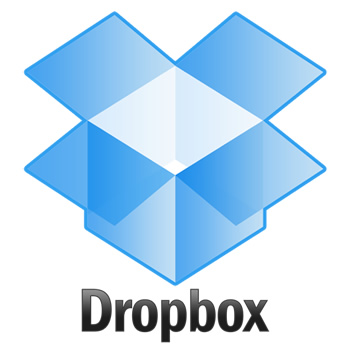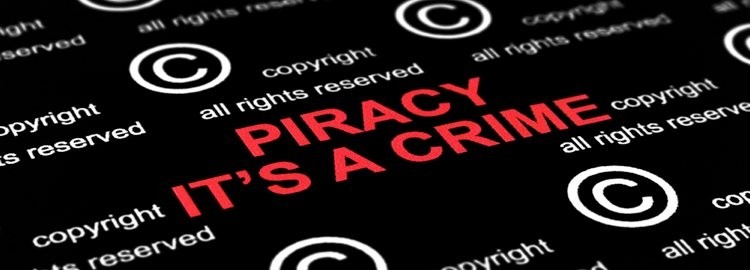
When and where was the company or tool created, developed, launched?
Dropbox was created in June 2007, but it officially launched in 2008 at TechCrunch50 which is an annual technology conference. It is headquartered in San Franciso, California.
https://www.quora.com/How-was-Dropbox-created
Who is responsible for creating it? If several people are vying for the title of inventor, explain this here.
Dropbox was co-founded by MIT students, Drew Houston and Arash Ferdowsi. Houston repeatedly forgot his USB flash drive when he studied at MIT. He had experienced problems with internet lag and large files. Ferdowsi helped him start up the company.
https://en.wikipedia.org/wiki/Dropbox_(service)
What is the purpose of this tool/company? How is it used?
Dropbox is basically a cloud-storage service. Users can store files such as photos, videos, documents, and files. They can be retrieved and accessed through the site or the app on a mobile device.
Who uses it? How many consumers/users/subscribers? Demographics? Specific geographic areas?
Dropbox has about 200 million users and 4 million businesses. According to Geek.com, 32 percent of users are from the U.S. By platform, 66 percent of users are windows only users. According to Alexa.com, there are more female than male users, majority are college students, and browsing location is mostly from work.
http://www.geek.com/news/dropbox-reaches-4-million-users-shares-some-stats-1095172/
http://www.alexa.com/siteinfo/dropbox.com
How is this tool monetized? How do the owners make money?
Dropbox makes money with subscription services. It uses a freemium model which means that the basic service of 2 GB of space is free, but an upgrade for 100 GB of space costs money. For one user it costs $10 per a month. Up to five users can use Itan account which would cost $15 a month.
http://vator.tv/news/2014-01-23-how-does-dropbox-make-money
How have companies and organizations used it as a marketing tool?
Companies use Dropbox to share information within the company. Their data can be private and updated in real time. Small businesses use it as a tool to deal with customers and contractors.
If possible, cite an example of this tool used successfully for communication or marketing.
A company that was satisfied with using Dropbox was a fashion design company called BCB Max Azria Group, LLC. Before Dropbox, they had to share designs through physical paper which can get hefty. They were happy with using Dropbox because they could easily share their digital PDF designs through Dropbox. Large files can be shared to their clients.
Dropbox. (n.d.). Dropbox Business helps BCBGMAXAZRIA, LLC make couture style accessible every day. Retrieved from Dropbox: https://www.dropbox.com/business/customers/case-study-bcbg
What are this tools most important contributions to society? Why is it important?
Dropbox is important to share large files to those who are far away. It can be used as a backup to store files in case one loses their original files. It’s much easier to share information within a business. Users can access it from anywhere. Dropbox was one of the first companies to have cloud storage. So their contribution to society was to introduce a new way to share files.
What are the controversies surrounding or involving it?
Dropbox has controversies involving security. Some users were concerned that Dropbox would give away their information to law enforcement. Dropbox is aware of the concerns and they are trying to keep their customers’ data secure. Dropbox manages the encryption keys, but customers are free to manage it themselves. The problem is that if a customer loses their encryption key then Dropbox has no way of decryption. In other words, Dropbox can’t help the user recover their data.
Would you use this tool in the future? Would you recommend using it as a part of an organization or company’s social media efforts and under what conditions?
I would use Dropbox if I was involved with a company that used it. For a job it would be important to share files online with coworkers. I would not share personal information such as passwords, social security, etc. Personally, I would not use it to store my own files. I use Onedrive on MSN to store my files. So I don’t really see myself switching to a different cloud storage.






